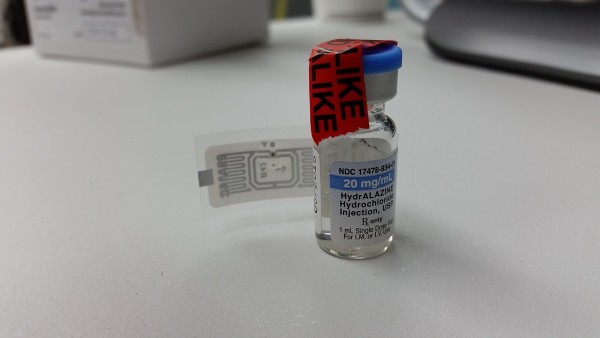Interesting little blurb in the March 1, 2015 edition of AJHPÂ that talks about a new California law that will require acute care hospitals to practice antimicrobial stewardship. The law goes into goes into effect July 1, 2015. [Paywall access to the article]
What’s antimicrobial stewardship? Well, according to the Infectious Disease Society of America (IDSA), the term “refers to coordinated interventions designed to improve and measure the appropriate use of antimicrobials by promoting the selection of the optimal antimicrobial drug regimen, dose, duration of therapy, and route of administration. Â Antimicrobial stewards seek to achieve optimal clinical outcomes related to antimicrobial use, minimize toxicity and other adverse events, reduce the costs of health care for infections, and limit the selection for antimicrobial resistant strains.” Pretty straight forward.
ASHP has an official statement on the subject – The Pharmacist’s Role in Antimicrobial Stewardship and Infection Prevention and Control – which can be found here.
In the document ASHP states that “pharmacists have a responsibility to take prominent roles in antimicrobial stewardship and infection prevention and control programs in health systems. Pharmacists should participate in antimicrobial stewardship and infection prevention and control efforts through clinical endeavors focused on proper antimicrobial utilization and membership on relevant multidisciplinary work groups and committees within the health system.” I agree. It’s a no-brainer. I’ve always felt that pharmacists were well suited for this kind of thing. After all, most of what antimicrobial sterwardship is all about requires a deep understanding of when and how to use antibiotics.
ASHP states that it is the responsibility of pharmacists to promote optimal use of antimicrobial agents, reduce the transmission of infections, educate healthcare professionals, patients, and the public. All important tasks, but nothing that a good pharmacist couldn’t handle.
Unfortunately the new California law doesn’t specify that a pharmacist must participate in the antimicrobial sterwardship program. The law indicates that the stewardship team within hospitals must include “at least one physician or pharmacist who has expertise and training in antimicrobial stewardship“. No guarantee that an acute care facility will opt to include a pharmacist, but at least there’s a chance.




